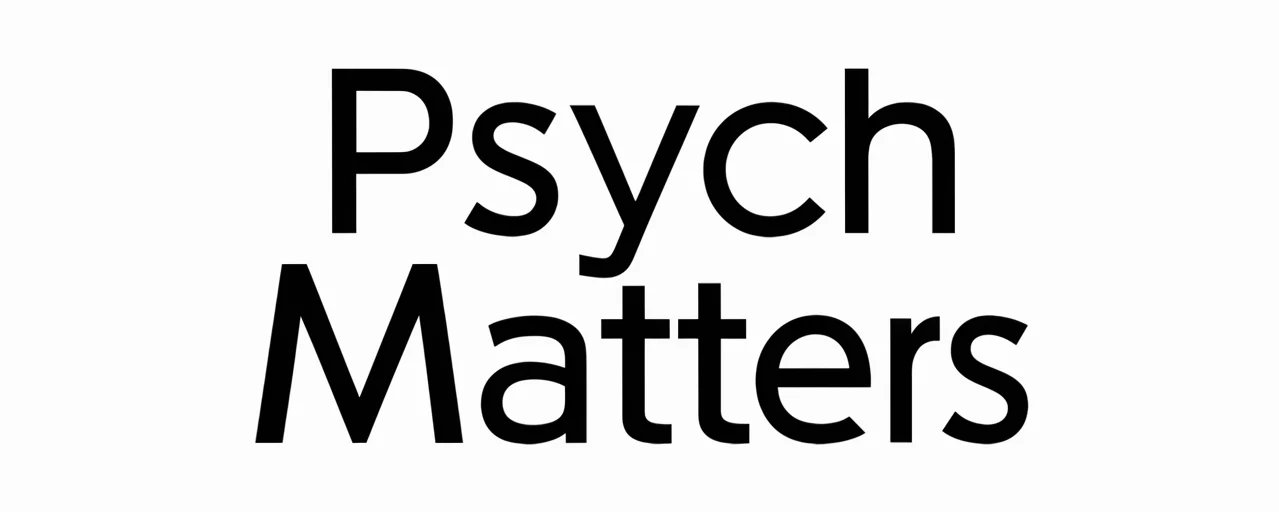Bridging the Digital Divide: Psychological Strategies for Including Older Adults
Opening Doors: How Psychology Unlocks Digital Inclusion for Older Adults
Digital inclusion for the elderly population has become an increasingly urgent priority as the world’s demographic profile shifts. The proportion of senior citizens globally is rising, with countries such as China experiencing rapid growth in the aging segment of society. Evidence suggests that access to digital technologies can enhance healthcare utilization and reduce social isolation for older adults, making digital engagement a vital part of healthy aging (source). Psychological insights into how older adults perceive and adopt technology are essential to understanding the barriers they face and developing effective interventions.

Mapping the Mind: Psychological Barriers to Digital Engagement
Psychological resistance is a significant contributor to the digital divide among older adults. Research reveals several cognitive and emotional factors that can deter technology adoption:

- Technology anxiety: Feelings of fear or stress related to using digital devices are common among senior citizens, especially those with limited exposure to technology (source).
- Loss of independence concerns: Some older adults worry that reliance on digital tools could undermine their autonomy (source).
- Embarrassment and self-consciousness: Psychological discomfort about making mistakes can discourage exploration of new technologies.
- Cognitive aging and memory changes: Age-related barriers such as declines in working memory can slow learning of complex device functions.
Motivational aspects also play a role. The perception of technology as irrelevant or “not for me” can reduce engagement, which underlines the importance of tailoring solutions to personal relevance (source).
The Social Context: Environmental and Sociocultural Supports
Social and environmental contexts profoundly influence technology engagement for senior citizens. Access to infrastructure alone is not enough; the surrounding ecosystem of support matters greatly.

- Social support networks: Family encouragement and peer assistance increase the likelihood of technology adoption (source).
- Cultural attitudes: Communities with strong traditions around interpersonal interaction may be slower to adopt digital alternatives (source).
- Resource accessibility: Cost of devices, reliable internet connectivity, and training availability play critical roles in sustaining digital participation.
Environmental and sociocultural supports can either mitigate or amplify psychological barriers, making these factors essential when designing interventions for digital inclusion.
Building Competence: Enhancing Digital Health Literacy
Digital health literacy—a specific form of digital literacy—enables older adults to access, understand, and use digital health services. Enhancing this competence is key to bridging the digital divide.

- Structured digital skills training: Programs tailored to older adult learning styles, emphasizing repetition and practical application, can boost digital confidence.
- Motivational framing: Linking digital health tools to personal goals, like improved communication with healthcare providers, increases adoption rates.
- Assistive technology: Tools such as voice-controlled devices help circumvent cognitive and sensory barriers common in aging.
Evidence from smart healthcare settings suggests that combining skill-building with supportive environments yields the strongest outcomes (source).
Designing for Inclusion: Psychologically Informed Digital Solutions
Age-friendly design rooted in psychological principles is central to overcoming technology resistance among older adults. Inclusive design principles include:

- Simplicity and clarity: Minimizing cognitive load by reducing unnecessary complexity.
- Accessibility features: Adjustable font sizes, high-contrast interfaces, and intuitive navigation cater to sensory and motor changes.
- Positive reinforcement: Feedback mechanisms that celebrate milestones can strengthen technology self-efficacy.
Gerontechnology approaches integrate these principles, ensuring digital solutions are not only functional but also psychologically acceptable and rewarding.
Measuring Impact: Outcomes and Future Directions
Successful digital inclusion initiatives for older adults can produce measurable psychological and social benefits:
- Reduced social isolation: Digital social connection tools help sustain relationships and alleviate loneliness (source).
- Improved mental health: Engagement in online communities may enhance life purpose and emotional well-being.
- Healthcare engagement: Increased digital health literacy translates into better self-management and communication with providers.
Future research should track both short-term gains in competence and long-term changes in well-being, providing robust evidence to refine intervention strategies.
Charting the Path Forward: A Psychologically Informed Vision for Digital Inclusion
A psychologically informed approach to digital inclusion for the elderly population must integrate cognitive, emotional, social, and environmental dimensions. Targeted strategies should include:
- Reducing technology anxiety through gradual exposure and supportive coaching.
- Embedding social support structures into training and adoption environments.
- Designing adaptive, age-friendly digital tools based on gerontechnology principles.
- Ensuring equitable resource access to overcome environmental barriers.
By merging psychological insights with inclusive design and comprehensive skill-building, stakeholders can create sustainable pathways toward digital empowerment in aging societies. This vision addresses not only the technical aspects of the digital divide but also the deeply human factors that influence how older adults engage with technology.







